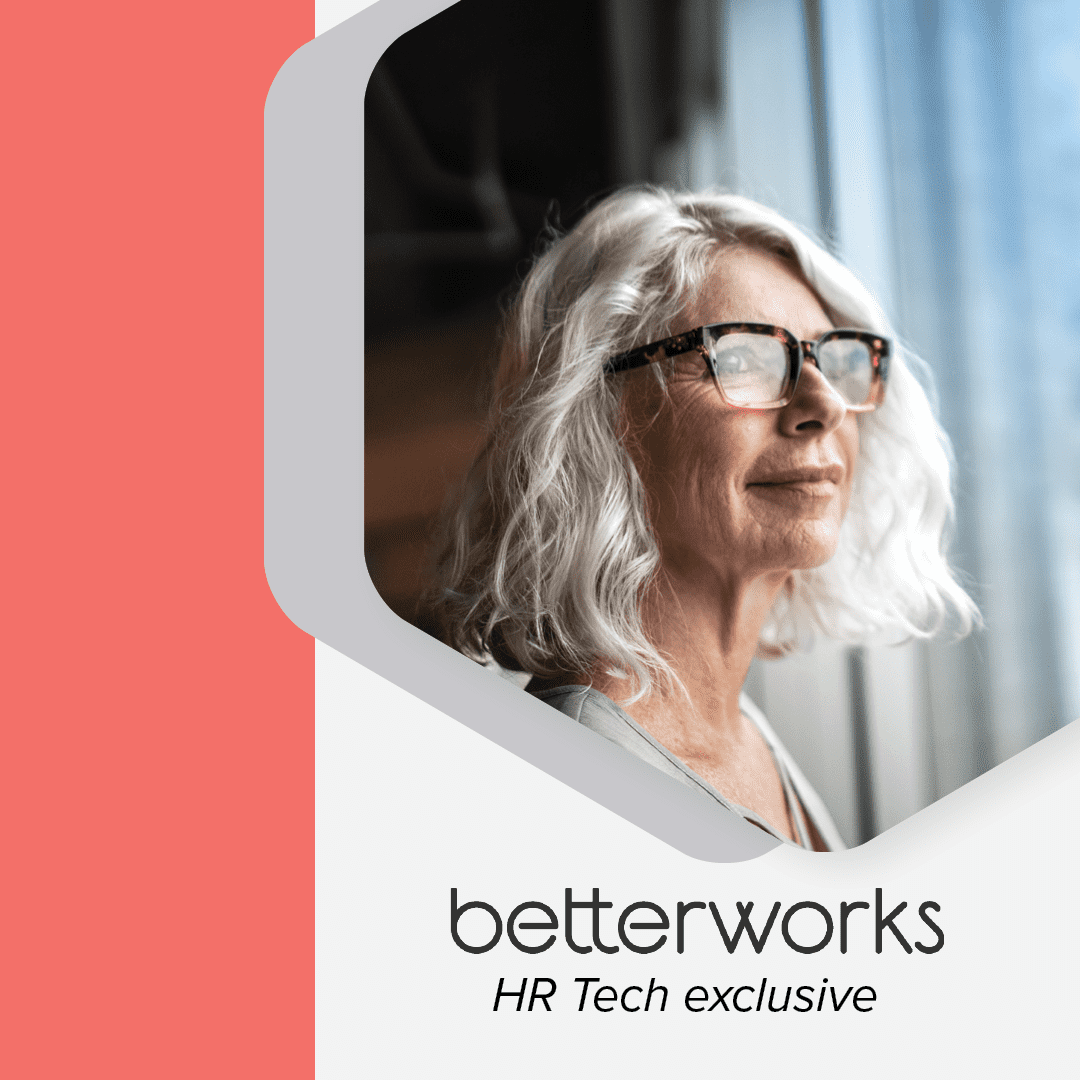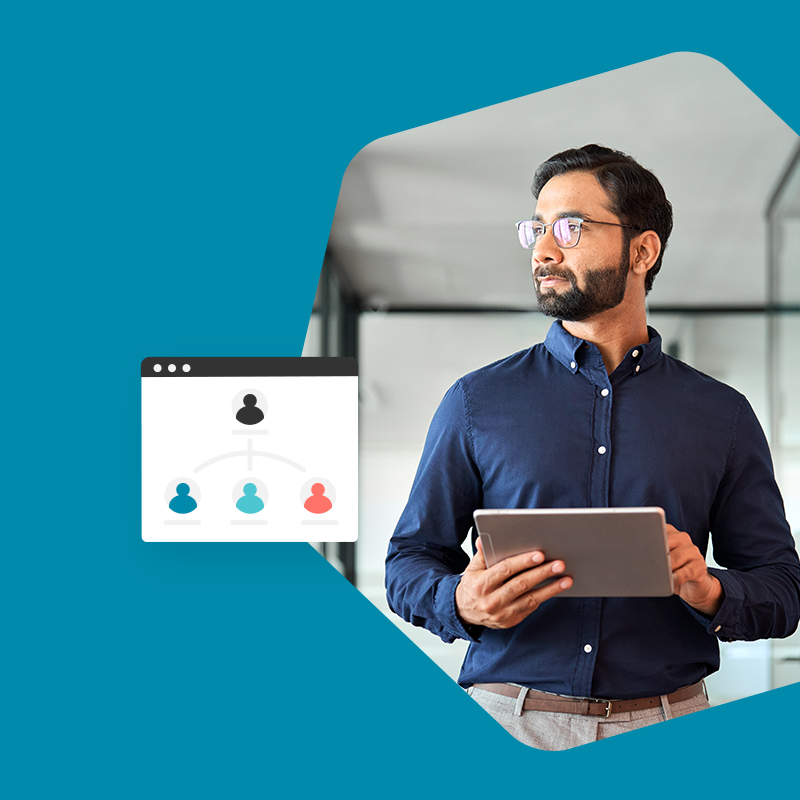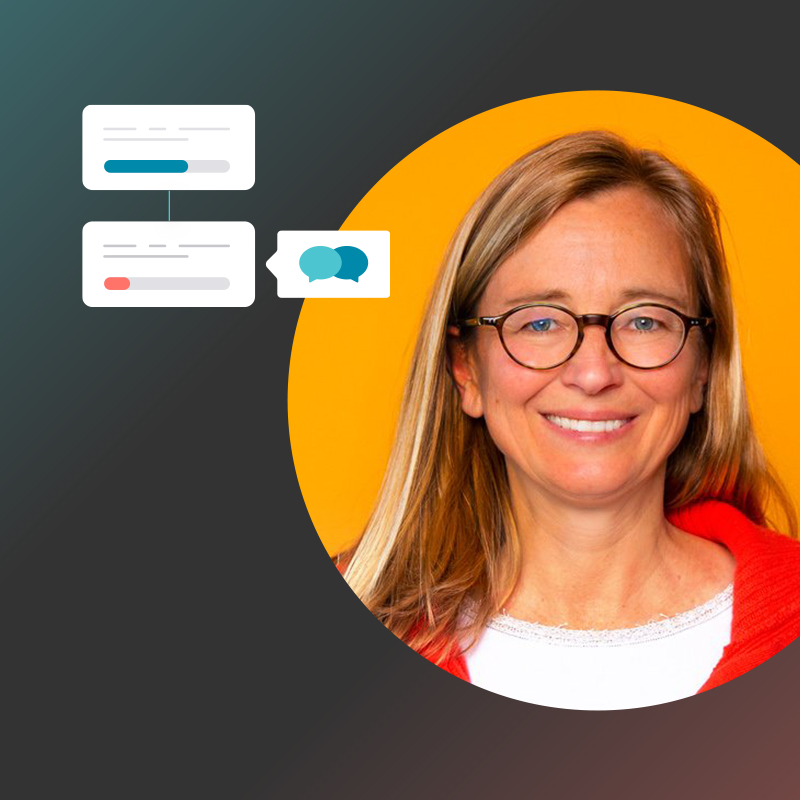The onslaught of change experienced by employees and businesses in the past few years has challenged everyone — HR included — to consider how we might reimagine work moving forward, and redesign the experience of work and the way we think about it in order to improve the employee journey.
But how do we, in practice, continuously drive the ultimate employee experience? This question was at the core of an HR Tech session, “The Ultimate Total Experience: Essential Ingredients for Optimizing the Employee Journey,” featuring Jason Averbook of Leapgen, Melanie Lougee of ServiceNow, and James Waite and Bonnie Tichman of Conduent.
“The pace of change outside has surpassed the pace of change inside,” says Averbook, the founder and CEO of Leapgen. “One of the things that’s hardest for HR people to do is change and the reason it’s hard for HR to change is because it’s hard for business to change.”
According to Lougee, senior director of strategy, employee workflows for ServiceNow, while HR leaders showed a tremendous ability to institute changes to support employees during and after the pandemic, these took place so fast that systems broke.
“People are now looking at how to build these changes in a more sustainable way,” she says.
In developing processes for the future, organizations will need to develop solutions that enable employees, HR included, to be both agile and creative — the former to help people deal with the unknown, and the latter to give them a sense of agency and purpose.
Processes versus journeys
Much of the problem in building ways of working that actually work for people has to do with how people now expect to be treated at work. As strangely obvious as it may sound, people now demand to be treated as human beings, with all that this brings…inside of work. Not just outside.
Yet, the processes that many organizations have relied on and continue to do so today were designed for another time, when rigid hierarchies with heavy middle management were in vogue. For example, points out Lougee, performance reviews were top-down and conducted annually because they were written down on paper and HR was tasked with completing the process. Enhancing employee journeys, on the other hand, are what we value today because we understand how those experiences empower, engage, develop, and ultimately retain employees.
“The way we’ve mandated that people return to the office, do annual performance reviews, or provide their signatures — those processes are inhuman,” Averbook says. “Processes were designed to generate data. Journeys are designed to generate feeling.”
The solution? Design processes that make people count, rather than count people.
“In a world where we expect employees, managers, and leaders to consume our processes, there has to be something in it for them,” Averbook adds. “And the journey for this has to create feeling.”
Organizing work for the future through technology
As organizations, and HR in particular, consider how to organize work in a way that promotes fulfilling employee journeys, investing in the right technology is essential.
“If you’re expecting teams and individuals to work together, you want to give them solutions that allow them to jump higher,” says Waite, who is the business solutions director at Conduent Human Capital Solutions.
According to Lougee, organizations are now thinking about their technology in terms of building an “employee experience layer” that ties all the tech together. In other words: build the vision, then work cross-functionally to bring in technology solutions that will create the total employee experience, both digital and physical.
Among the considerations in creating an employee-first experience: making sure that employees can access the technology in the flow of work, essentially creating an internal customer experience that is frictionless.
“Ensuring that employees will actually use the technology first requires finding out from employees and managers what they need. Don’t think that because you have the technology that your problem is solved.”
Melanie Lougee, Sr. Director, Strategy, Employee Workflow, ServiceNow
Creating personalized employee experiences requires data, and according to Conduent’s research, only 17% of HR organizations believe they have all the data they need to sufficiently personalize experiences.
READ & WATCH: Josh Bersin, on enabling performance in the flow of work
Hyper-digitalization is also a factor that HR must consider when designing employee-enabling processes. This phenomenon empowers employees to take control over their own tasks and bypass HR, a decentralization that is a “good thing,” says Lougee.
Averbook cautions that HR leaders need to ask themselves why they are trying to re-imagine work and the processes to support employee journeys. “Work, people, and life is being reorganized as we speak. We’re all actors in a movie right now. We need to look in the mirror and ask ourselves why we’re doing what we’re doing.”
The technology needs to be designed for employees first, not HR first, if HR leaders hope to build trust, according to Averbook. Historical mistrust of the function will take time to overcome. Meanwhile, HR can be the hero behind the scenes, ensuring that the technology is safe, human-centered, and promotes the culture the company is striving for.
HR must be a digital function according to the panelists, but adding or upgrading technology alone won’t address the deeper need of changing the mindset. “Tech enables that, but until everyone in HR switches to the mindset of being a digital leader, the tech won’t matter,” Averbook says.
A word on culture
Helping change cultures is not simply about the technology, but about HR rolling out the right programs that help foster the desired culture. To that end, Waite says companies must ensure that the large amounts of data collected over the years can be used to determine where the gaps are in order to make better decisions.
“HR should be using technology and AI platforms to gather data, make sense of it, and along with the business, make decisions to reshape the workforce in the right way — and so that the workforce can see it.”
READ: How your culture can drive business results
The metrics that matter
Averbook, in particular, cautions HR to use the right metrics if it is going to shift to “experience-level agreements” rather than “service-level agreements.” Consider the measure of experience. They are not the same as performance indicators. And, he adds, HR must show how the changes will have a bottom line impact — demonstrating how they make “cents” as well as “sense” in order to get buy-in from the C-Suite.
What success looks like
The journey has to feel frictionless, valuable. and worthwhile to employees. To create that total employee experience, says Averbook, we must “take into account hands, heads, and hearts and align people to what those platforms are.”






